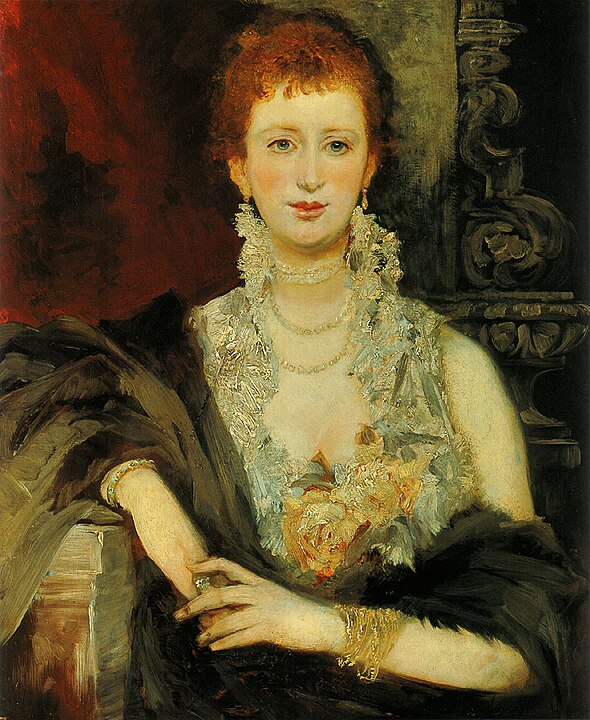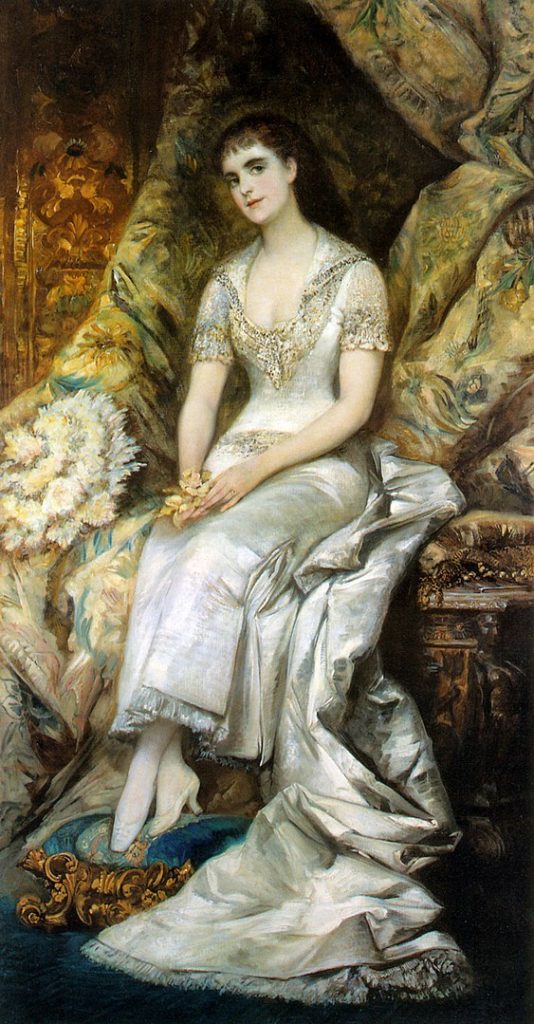
Hans Makart (1840–1884) was an Austrian academic history painter and decorator, known for his elaborate and flamboyant style. He played a significant role in the Viennese art scene during the late 19th century and was associated with the historicism movement. Makart’s work was characterized by its vibrant colors, theatrical compositions, and a penchant for creating grand, decorative ensembles.
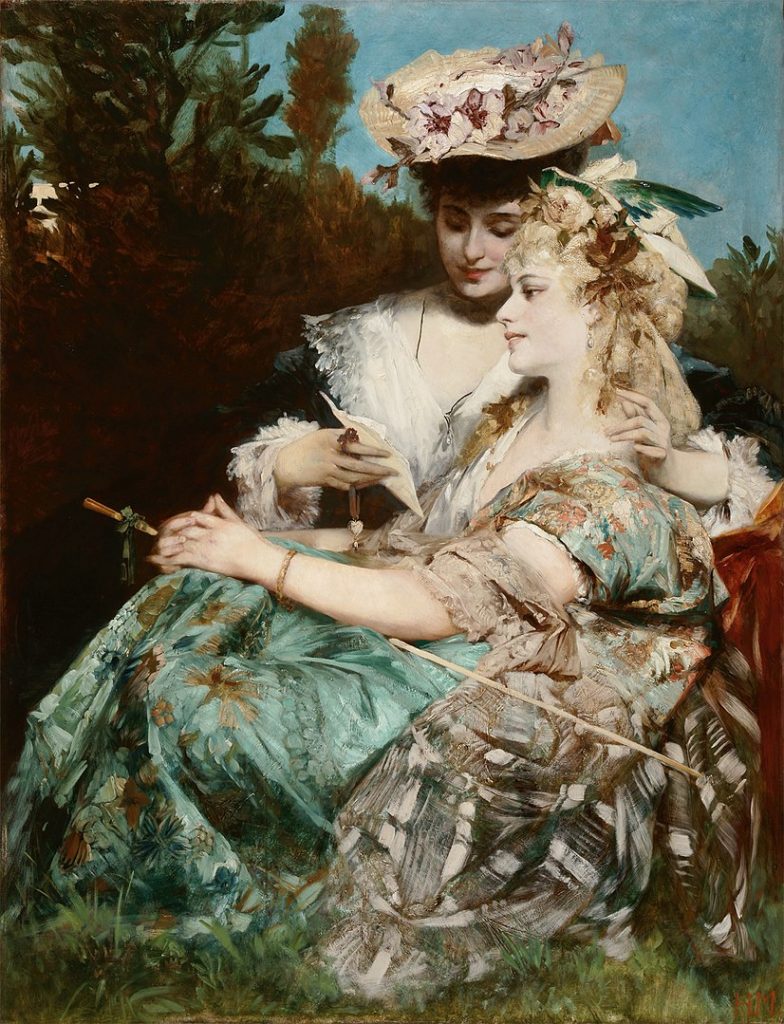
- Early Life and Training: Hans Makart was born on May 28, 1840, in Salzburg, Austria. He showed early artistic talent and studied at the Vienna Academy of Fine Arts, where he trained as a history painter.
- Historicism and Decorative Arts: Makart was part of the historicism movement, which sought to revive historical styles and themes. His work often drew inspiration from various historical periods, and he was known for creating opulent, large-scale decorative schemes.
- Salon Success: Makart gained recognition and success through his participation in international art exhibitions and salons. He first garnered attention with his painting “Columbus and the Egg,” which won a gold medal at the Paris Salon in 1869.
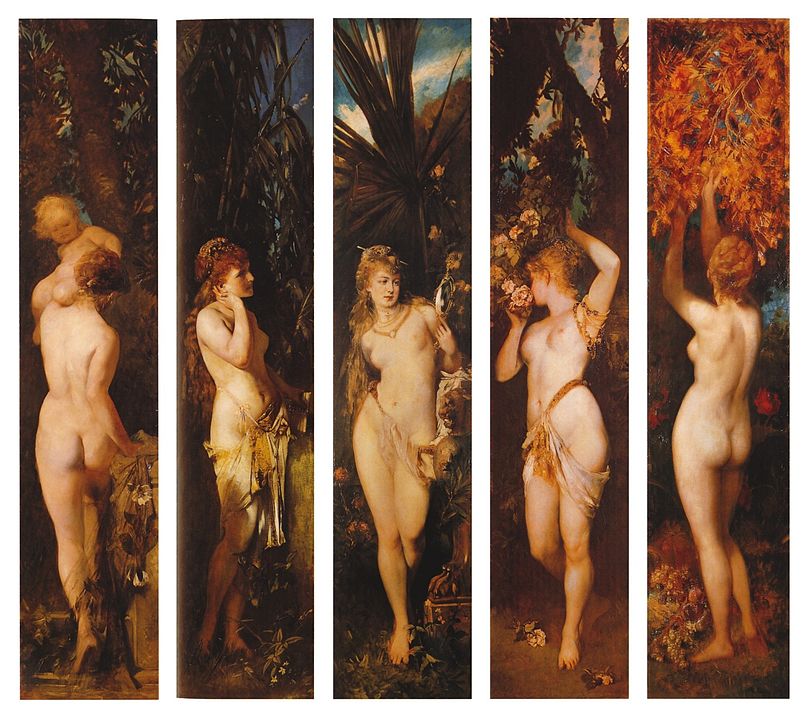
- Decorative Projects: One of Makart’s notable contributions was in the realm of decorative arts. He was commissioned to create lavish decorations for public buildings, including the Vienna Opera House. His decorative schemes featured allegorical and mythological themes, and he often designed not only the paintings but also the overall decorative elements of the spaces.
- Celebrity Status: Makart’s extravagant lifestyle and flamboyant personality contributed to his celebrity status in Vienna. He became a central figure in social circles and was known for hosting lavish parties in his studio, which were attended by the cultural elite of the time.
- Artistic Style: His paintings often featured dramatic compositions, lush color palettes, and meticulous attention to detail. Makart’s style was characterized by a fusion of historical themes with a contemporary approach, and he embraced the use of symbolism and allegory.
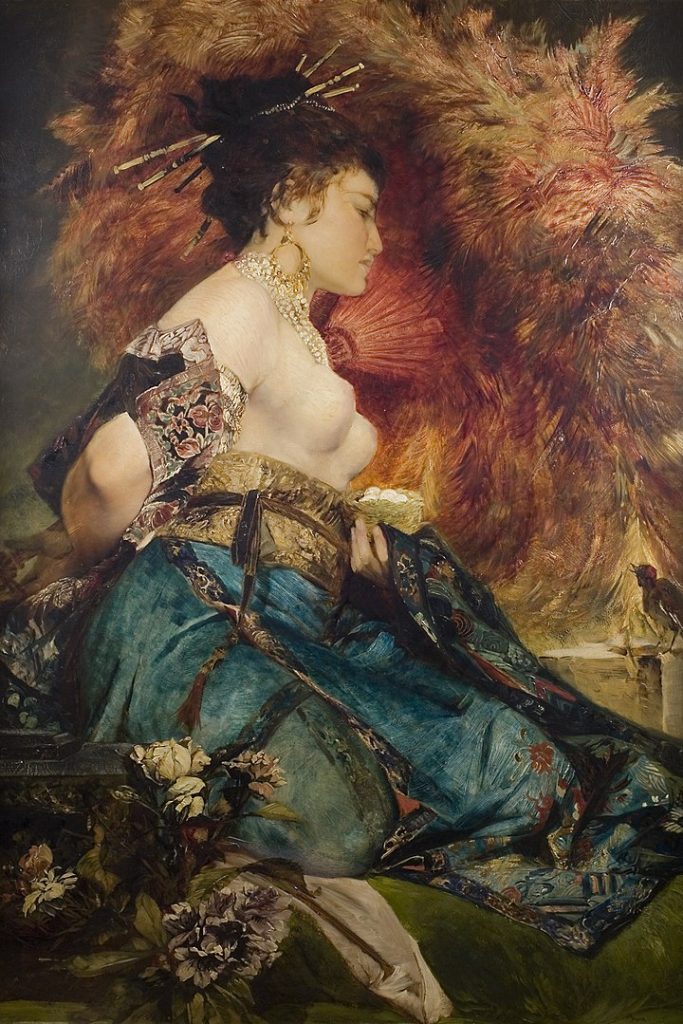
- Legacy: While Makart enjoyed immense popularity during his lifetime, his work fell out of favor in the later part of the 19th century as the taste in art shifted toward more restrained and less theatrical styles. Despite this, he had a significant impact on the decorative arts of his time.
- Death and Influence: Hans Makart died at the young age of 44 on October 3, 1884. His death marked the end of an era in Viennese art. Although his work fell out of favor, he influenced later artists, and his impact on the decorative arts, especially in Vienna, was lasting.
Hans Makart’s legacy is tied to his role in the historicism movement and his contributions to the decorative arts, which left an indelible mark on the visual culture of late 19th-century Vienna.
